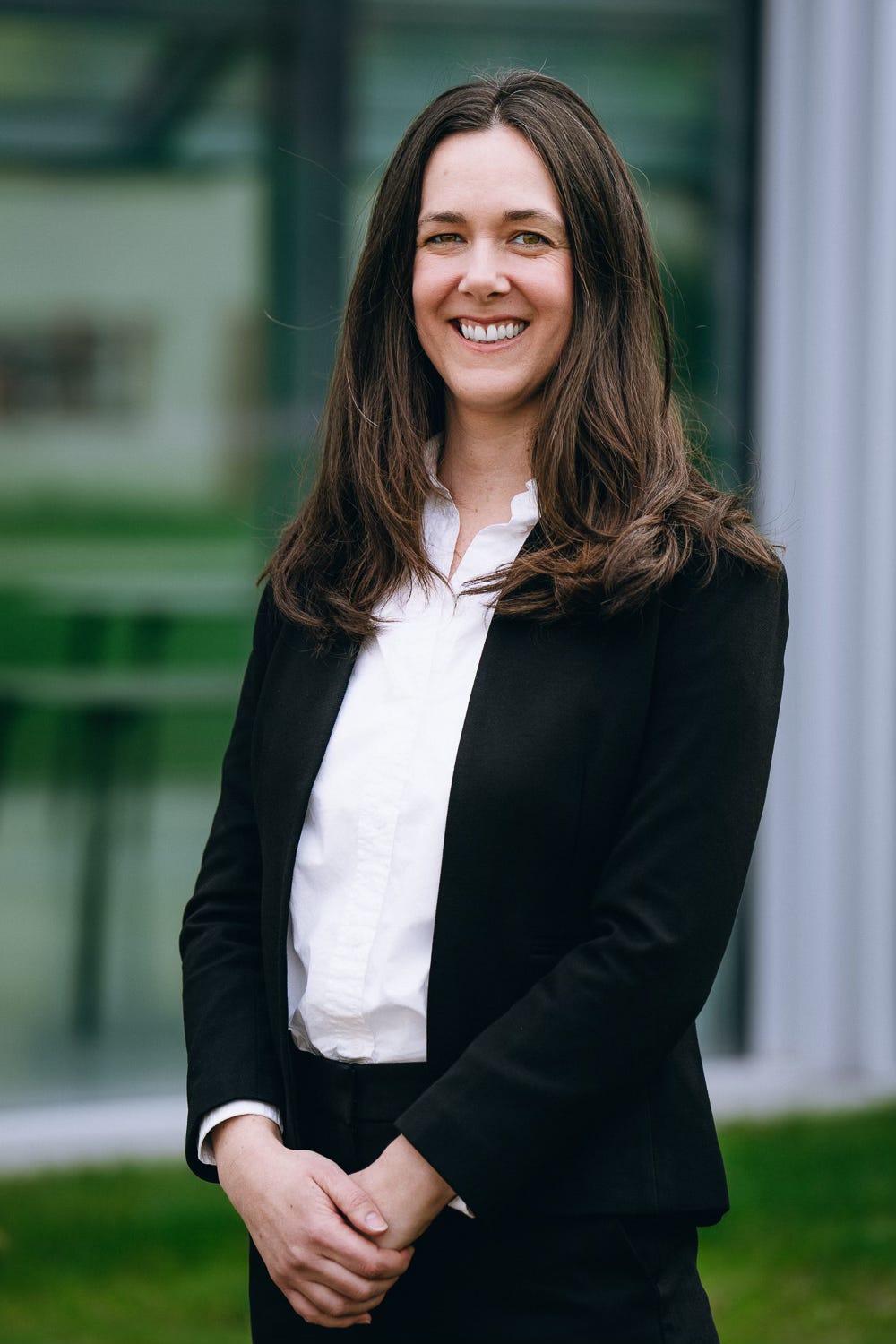How Social Policy Shapes Health: A Conversation with Dr. Emily Dore
Introducing Research Vignette No. 001, a new feature where smart people talk about a topic briefly.
For years, public health experts and advocates have emphasized a simple but often overlooked truth: when people have more support, they live healthier lives. But what does that actually look like in practice? How do policies—particularly those that provide direct financial support—affect people’s ability to care for themselves and their families?
A new study from Dr. Emily Dore, a postdoctoral researcher at the Harvard T.H. Chan School of Public Health, helps answer these questions. Focusing on the Temporary Assistance for Needy Families (TANF) program—a key form of cash assistance for families living on a low income in the U.S.—her research examines how changes to TANF policy during the COVID-19 pandemic impacted health-related behaviors, especially breastfeeding. The findings offer compelling evidence that improving access to cash assistance can lead to higher breastfeeding initiation and duration, which, in turn, leads to better health outcomes. This was especially true for Black moms, who often face systemic barriers to both healthcare and economic support.
I spoke with Dr. Dore about the motivation behind the study, how TANF policy changes influenced health behaviors around breastfeeding during the pandemic, and what her findings suggest for future policy reforms.
Why do family supportive policies have such a positive impact on health and well-being?
There are two main pathways. One is by giving access to material resources like cash. Or, you know, in terms of SNAP or WIC, it would be access to food. But then there’s also this psychosocial aspect of decreasing stress and stigma around poverty. There are so many studies showing that people who have less income have poorer health outcomes. Less access to cash means that you’re going to have less access to healthy foods. You’ll have less time if you’re working multiple jobs to exercise.
But there’s also the stress pathway. Stress can be really harmful to health. If you’re really stressed about not being able to pay your bills, a cash assistance program can help decrease that stress by providing material resources.
One thing that I thought was very interesting about the study is that it focused on all moms and not just single moms. To me, that subverted the idea that only single mothers can benefit from these policies.
Often, these studies on TANF—because we don’t have administrative records linked to individual-level health outcomes to say that this person on TANF has these outcomes—we have to use proxies for participation. A lot of studies use marital status, gender, and education because income is usually less available. The married proportion of the TANF population is lower, but it’s still there. People who are married are still participating in TANF. It’s important to capture that population, probably for the same reasons that you’re thinking, and that it is not negligible—about 12% of people who participate are married.
What do you hope policymakers take away from this?
The study shows that increasing access to TANF can improve breastfeeding. Therefore a whole range of outcomes related to breastfeeding, but of course, there are implications for other health outcomes. We looked specifically at policy changes that can be done and have been done, but a lot of these changes have been reverted to what they were pre-pandemic. I would love to see them reconsidered and made a permanent aspect of TANF. Another thing is that these pandemic-era changes varied across states, so I would love to see these policy changes standardized and implemented across all states.
There’s also a lot of conversation right now about work requirements. During the pandemic-era changes, waiving work requirements was associated with both breastfeeding initiation and duration. I would love to see policymakers not impose work requirements on these safety net programs because that could be detrimental to health.
One question that I ask everyone I interview is: What does a healthy future look like to you?
It feels cliché, but a healthy future looks like the opportunity for everybody to have access to the resources that they need, whether it’s money, food, housing, or walkable communities, and to limit the risks of discrimination, stress, and stigma around these programs. And importantly, I really hope evidence, like the evidence we provided in this study, guides health and policy decisions so that our future looks as healthy as possible for as many people as possible.




